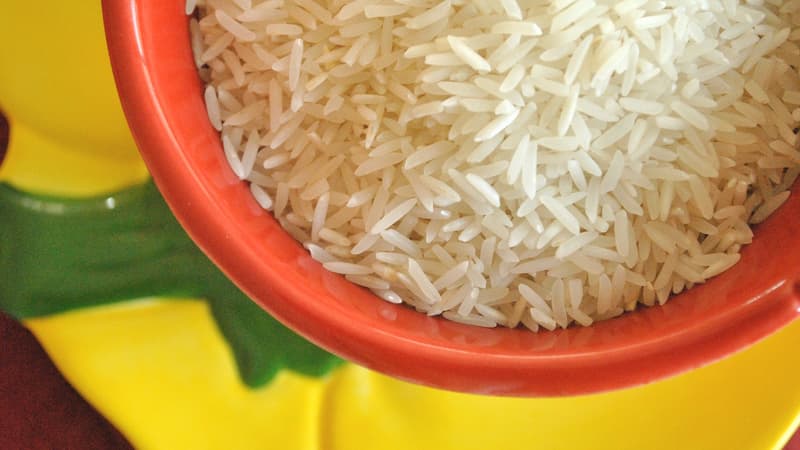The industry is sounding the “alert”. According to the Syndicat de la Rizerie Française (SRF), many risks weigh on future rice supplies. Difficulties could arise “from February/March, when the new harvests arrive”, predicts Thierry Lievin, president of the SRF. To the point of falling on empty supermarket stalls? Not impossible: “If there aren’t complete outages, there will at least be severe supply outages,” he warns.
If France produces 50,000 tons of rice a year, it imports much more to satisfy its national demand (240,000 tons consumed in supermarkets). But this year, several events suggest that world production will be in sharp decline.
India restricts its exports
All varieties will be affected. Starting with basmati rice, which represents 45% of consumption in supermarkets and hypermarkets. The main producers, India and Pakistan, have been affected in recent months by episodes of intense heat and then heavy rains that would have destroyed at least 250,000 tons of rice as well as the infrastructure necessary for the transport of goods (roads, bridges… . .).
Faced with this situation, India and Pakistan “will favor their population” by limiting exports, explains Thierry Liévin. However, rice is already “a product that travels very little, that is mainly consumed locally,” continues the president of the SRF, specifying that of the 580 million tons produced in the world, just over 50 million are exported. under normal conditions. times, including 21.5 million from India.
India also announced a series of restrictions in September by banning the export of broken rice (particularly used to feed cattle in China) and setting export customs duties of 20% on white rice and brown (brown) rice. Parboiled rice (a technique that prevents the grains from sticking together during cooking), which is very energy-intensive and represents 40% of consumption in supermarkets, should also see its production fall due to the rise in gas and electricity prices that does not spare Asian producers.
Even the European production of less than 3 million tons a year (of which more than half comes from the Italian arborium used for the preparation of risotto) should be less: “There has been a lack of water throughout the vegetative cycle of rice in all European countries”. (Italy, Spain, Greece)”, indicates the Syndicat de la Rizerie Française. “We expect a reduction in yields of 20 to 25% in the community production”, estimates Thierry Liévin.
More price increases to come
The fall in global production linked to climatic events will automatically reinforce the inflationary spikes already observed in recent months. In addition to rising energy prices, rising wheat and corn prices due to the war in Ukraine have pushed countries like China to turn to broken rice from Burma or India to feed livestock, “which had a very bullish effect”, recalls Thierry Liévin.
To this is added the increase in European customs tariffs on the import of rice cargo from 30 to 65 euros per ton, from September 1. But also the strengthening of the dollar against other currencies: “It is very expensive for us to import because we buy goods in dollars and resell them in euros,” Thierry Liévin underlines. After having multiplied by five since the health crisis, transport costs are “stabilizing”, says the president of the SRF. But “we still have a hard time finding enough containers,” he laments.
In total, rice manufacturers have already seen their costs rise by 30% in a year. On the consumer side, shelf prices rose more than 12% in September compared to last year, according to INSEE. Therefore, at this stage, all cost increases “have not been passed on because there were products in stock,” says Thierry Liévin. But “there are still increases to be approved,” he warns.
Source: BFM TV


